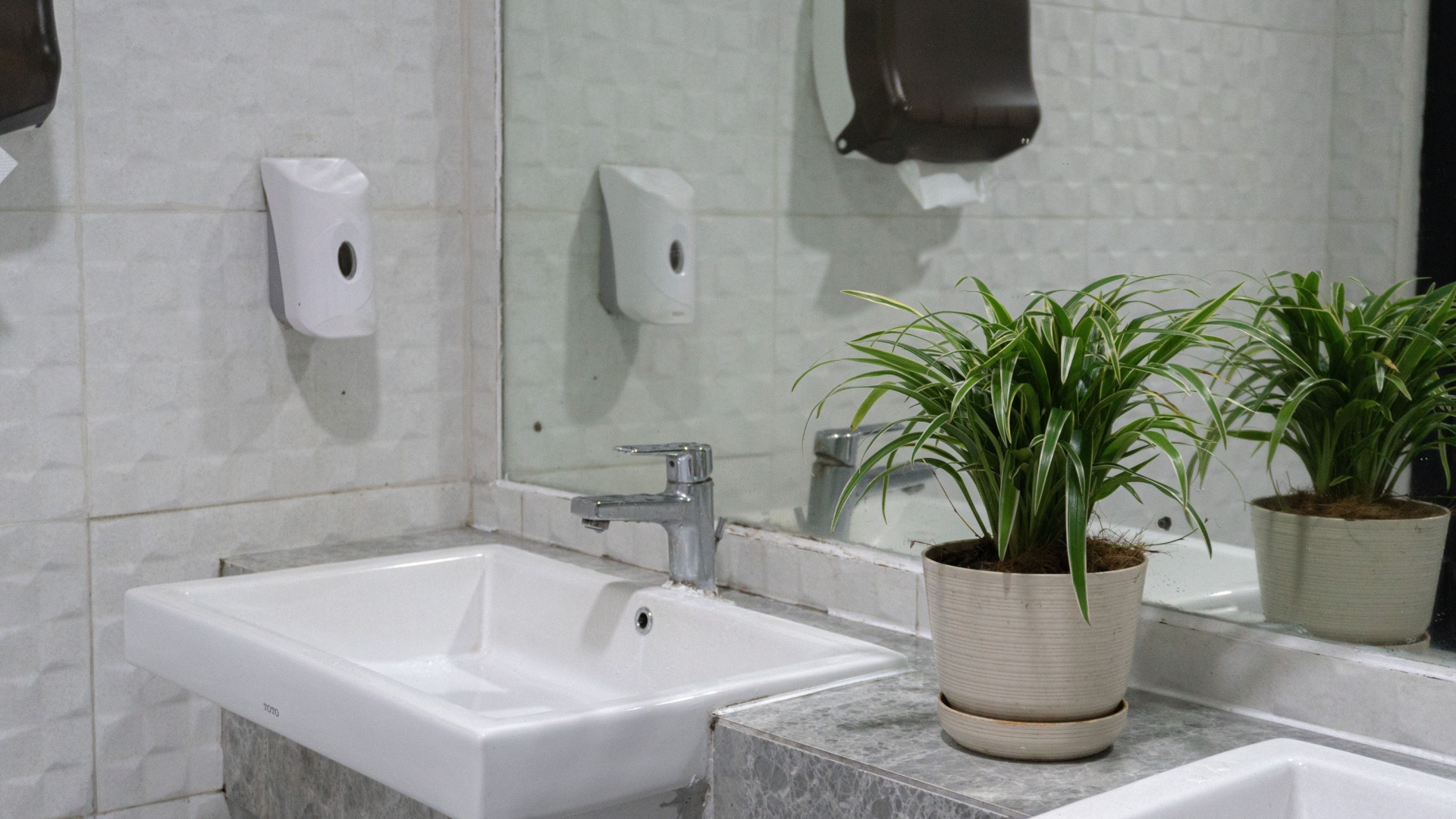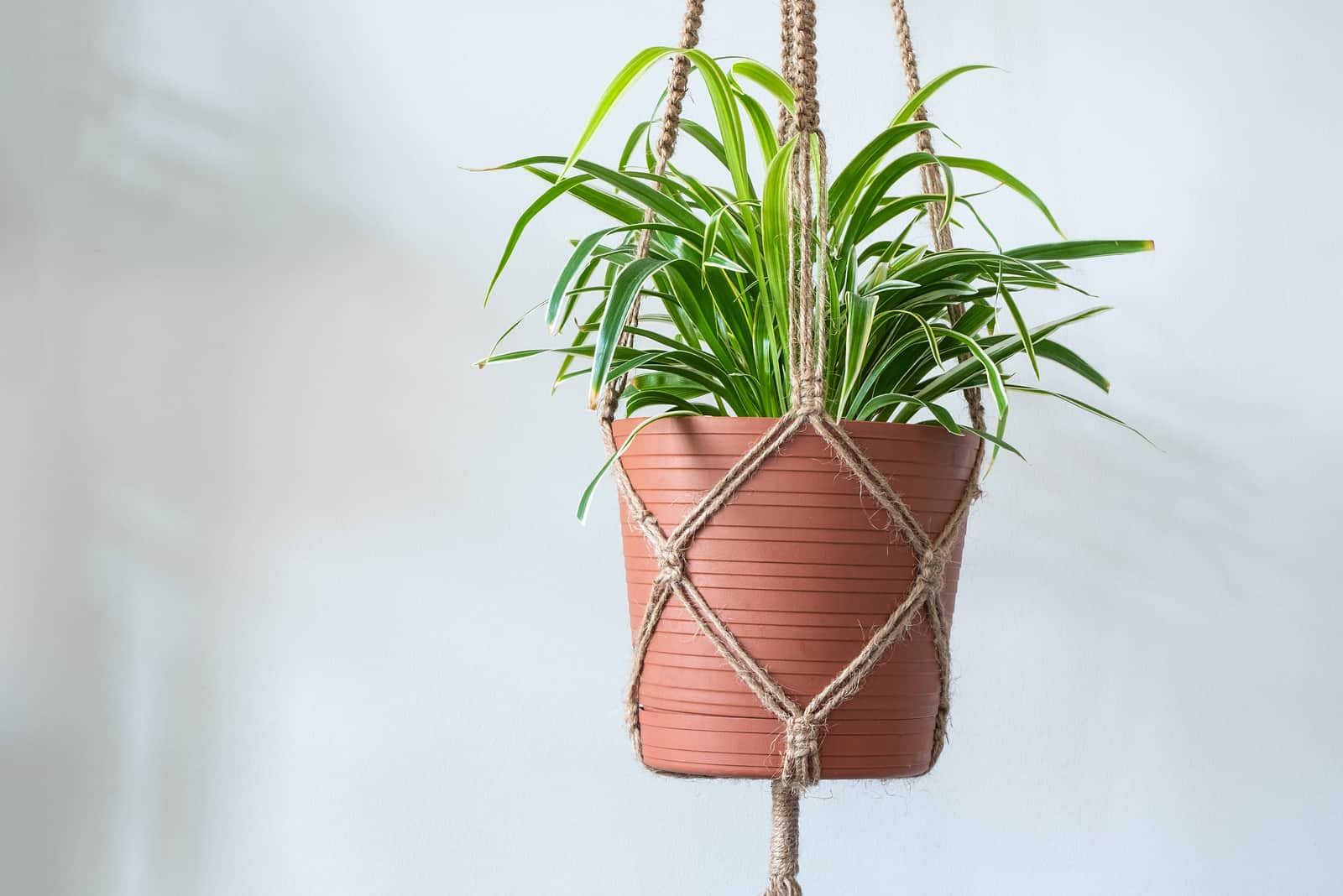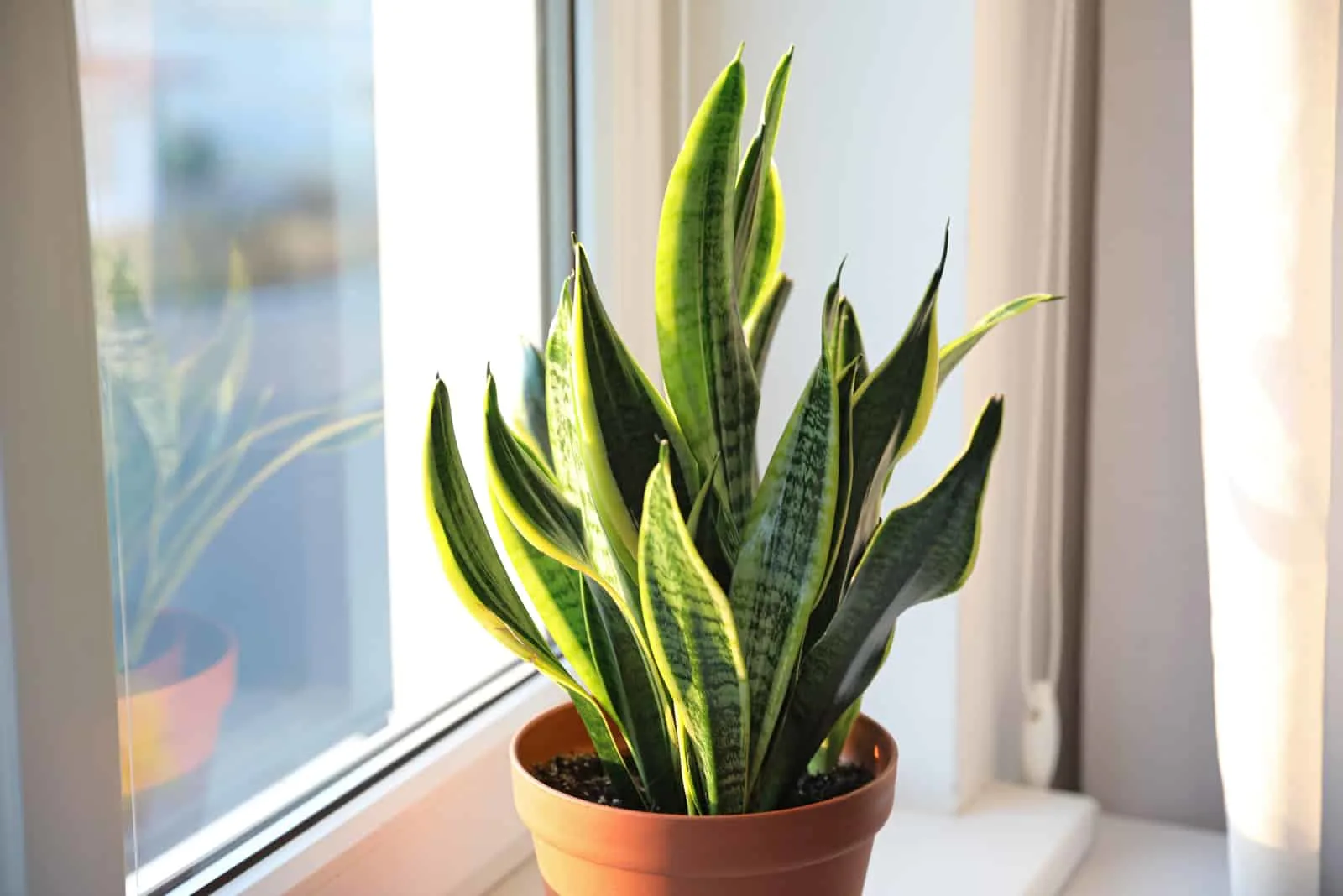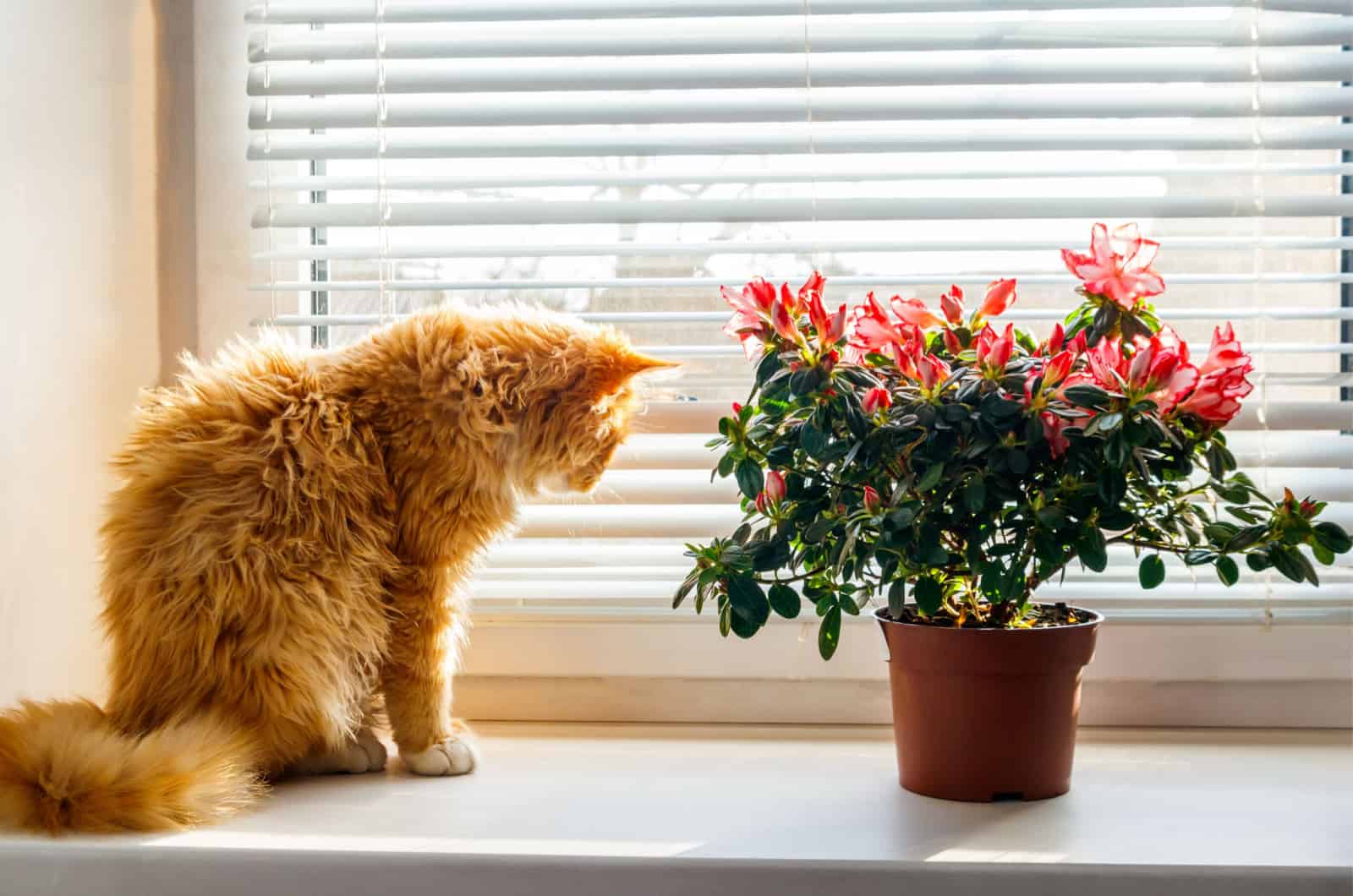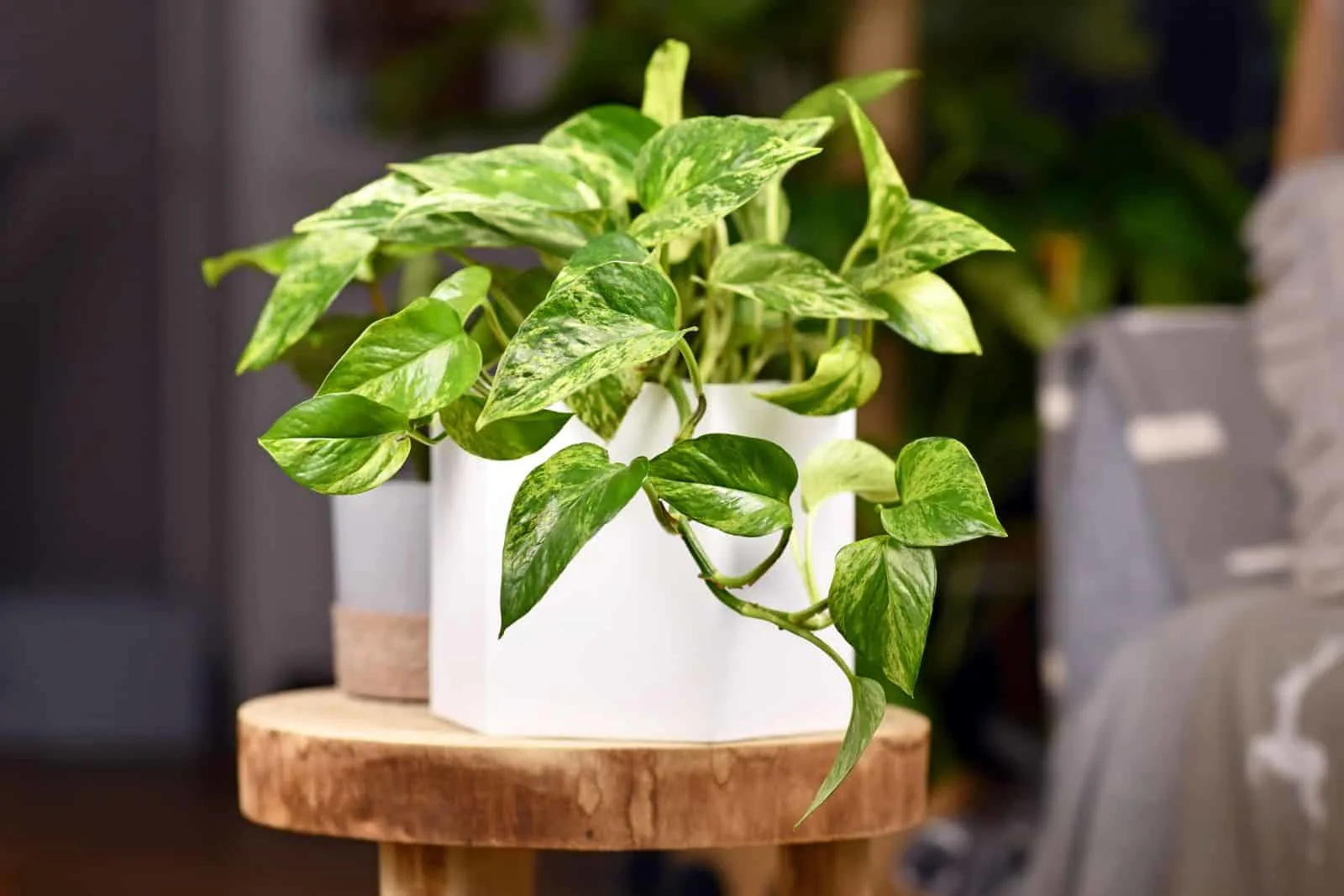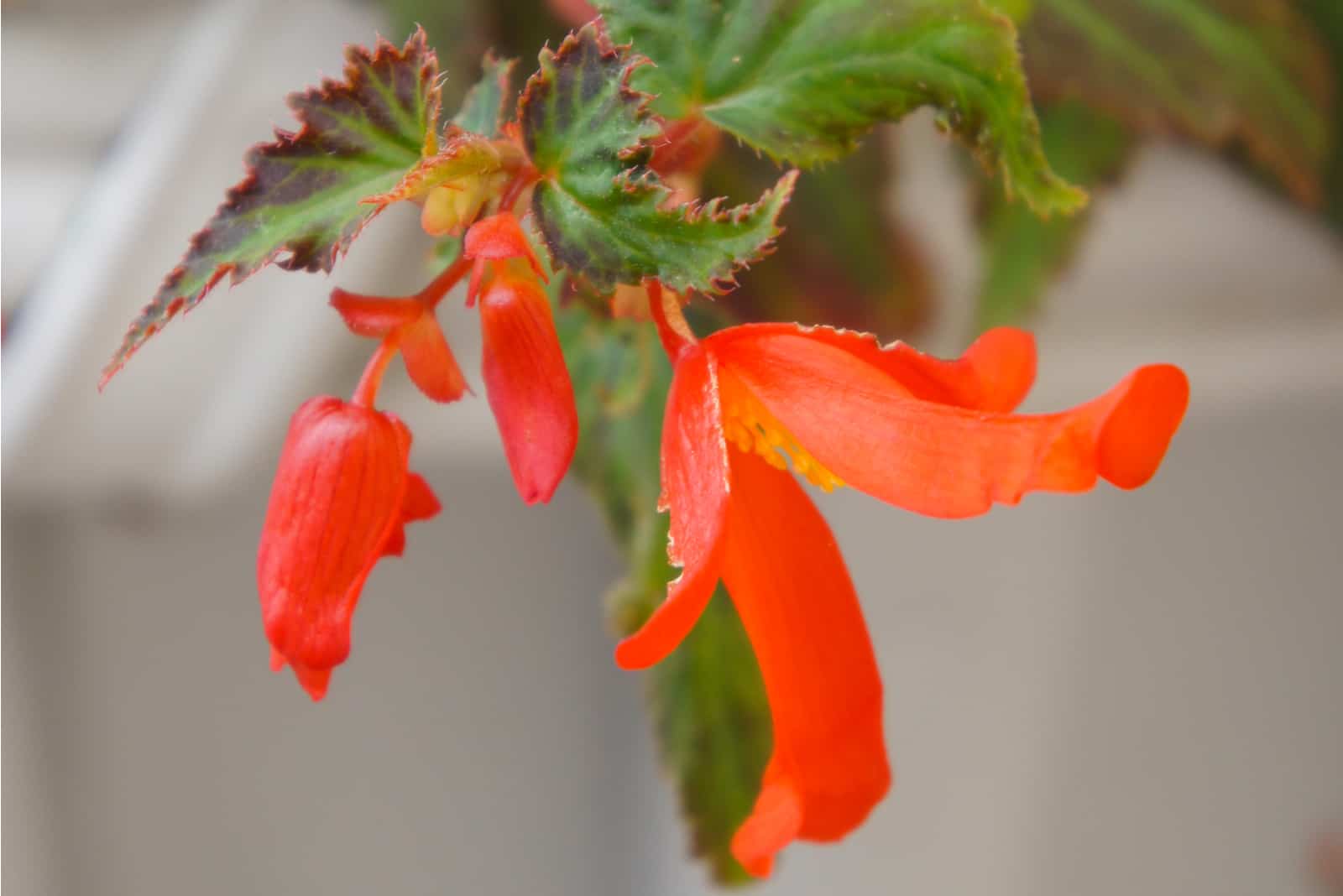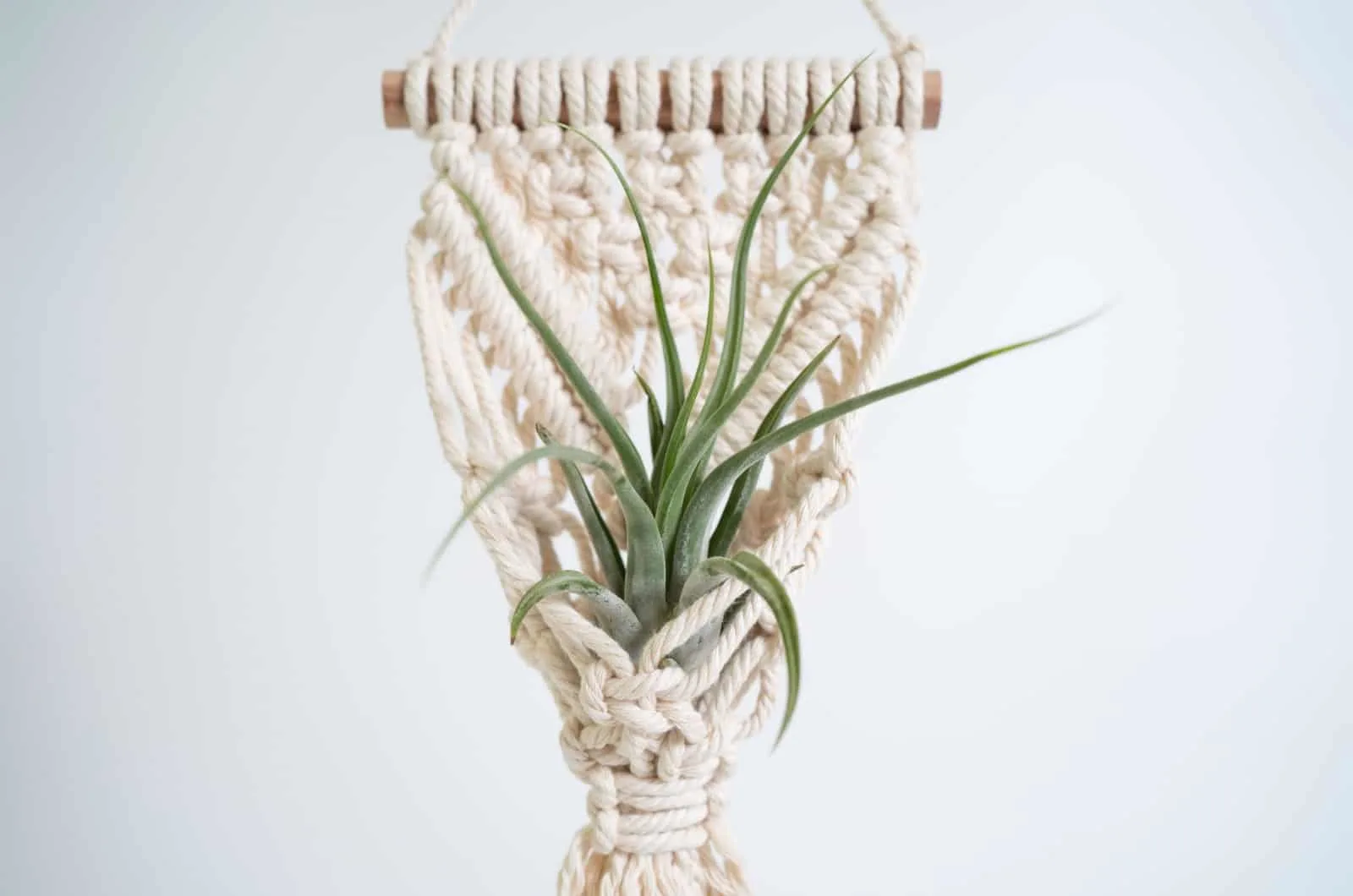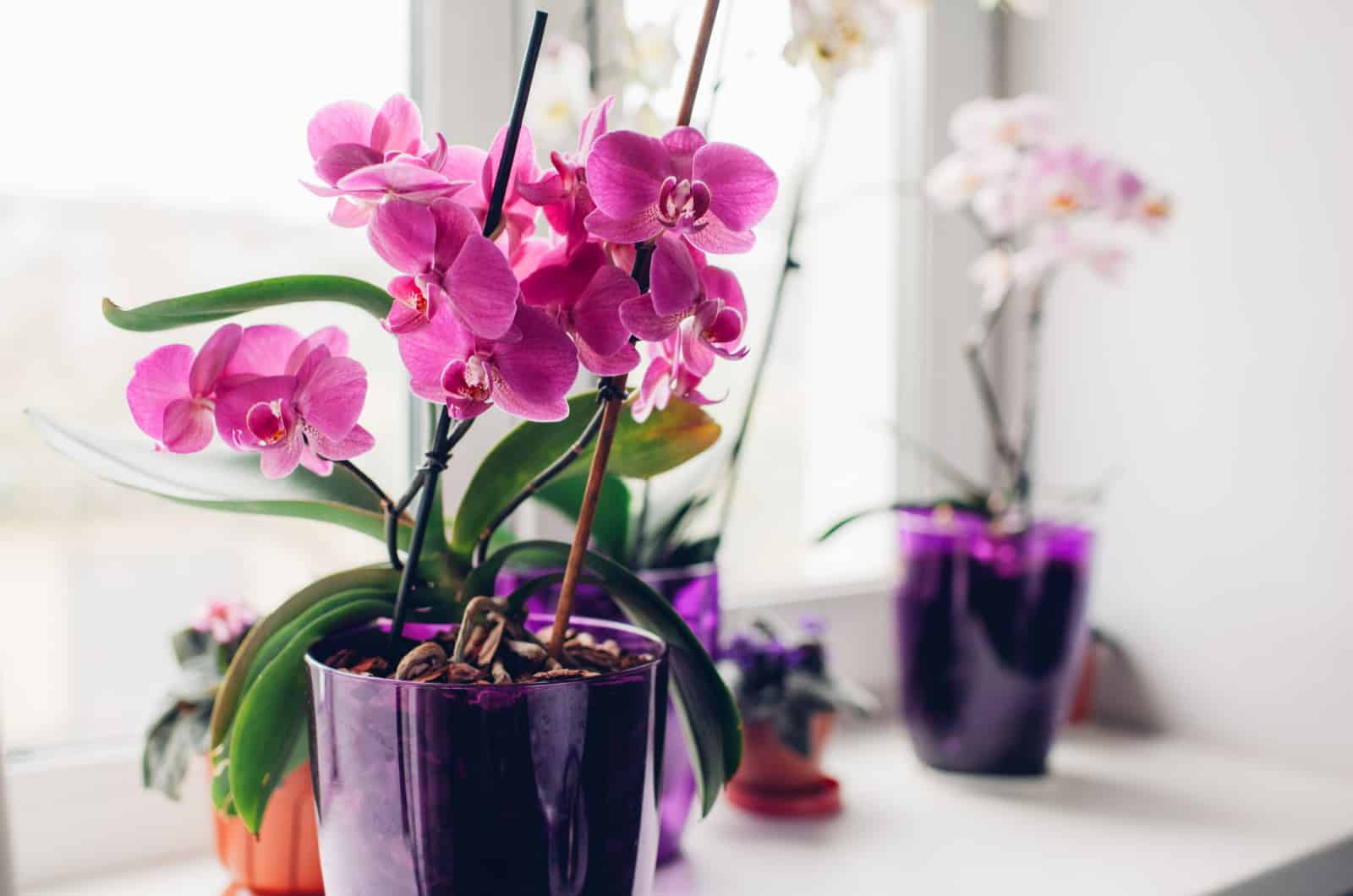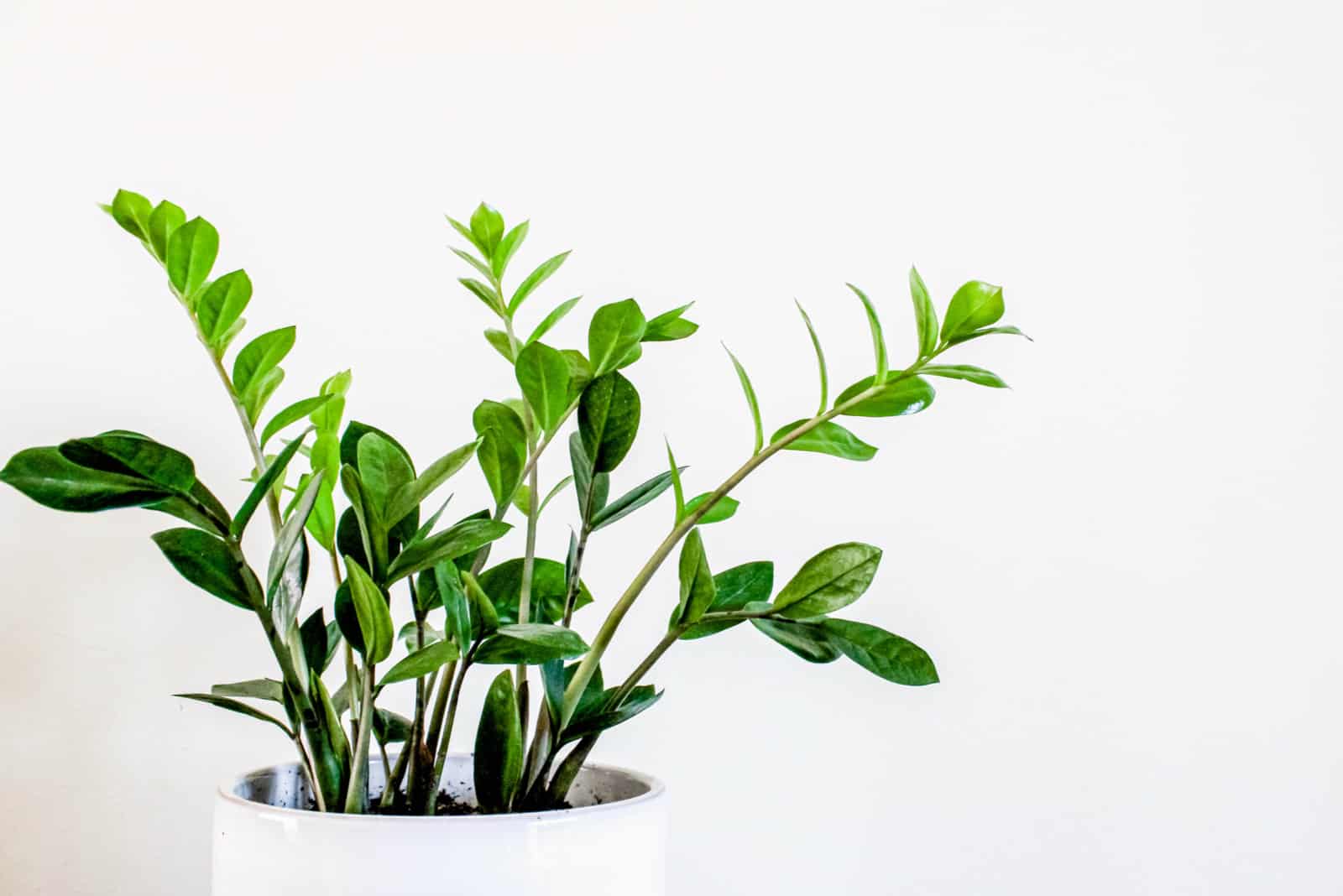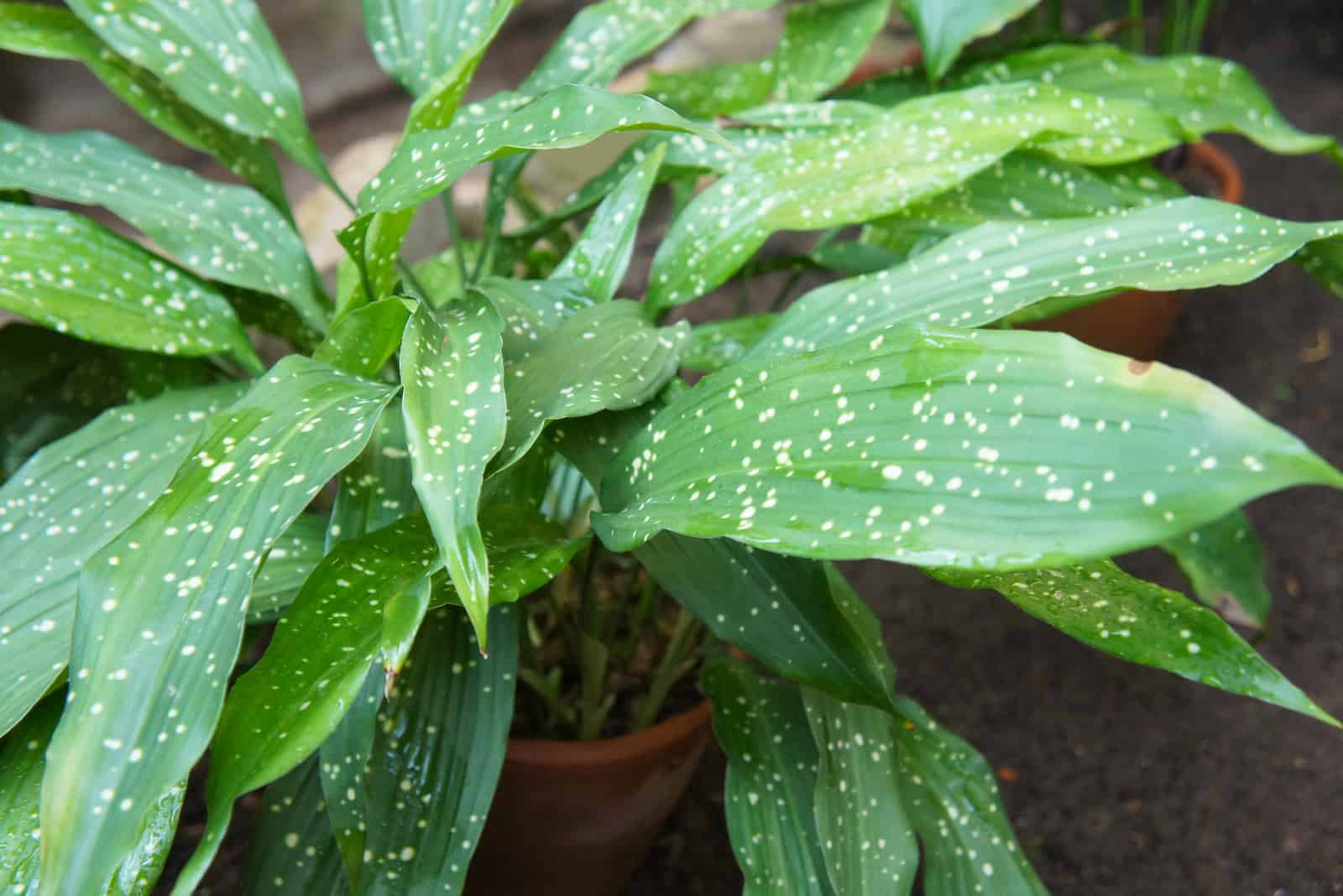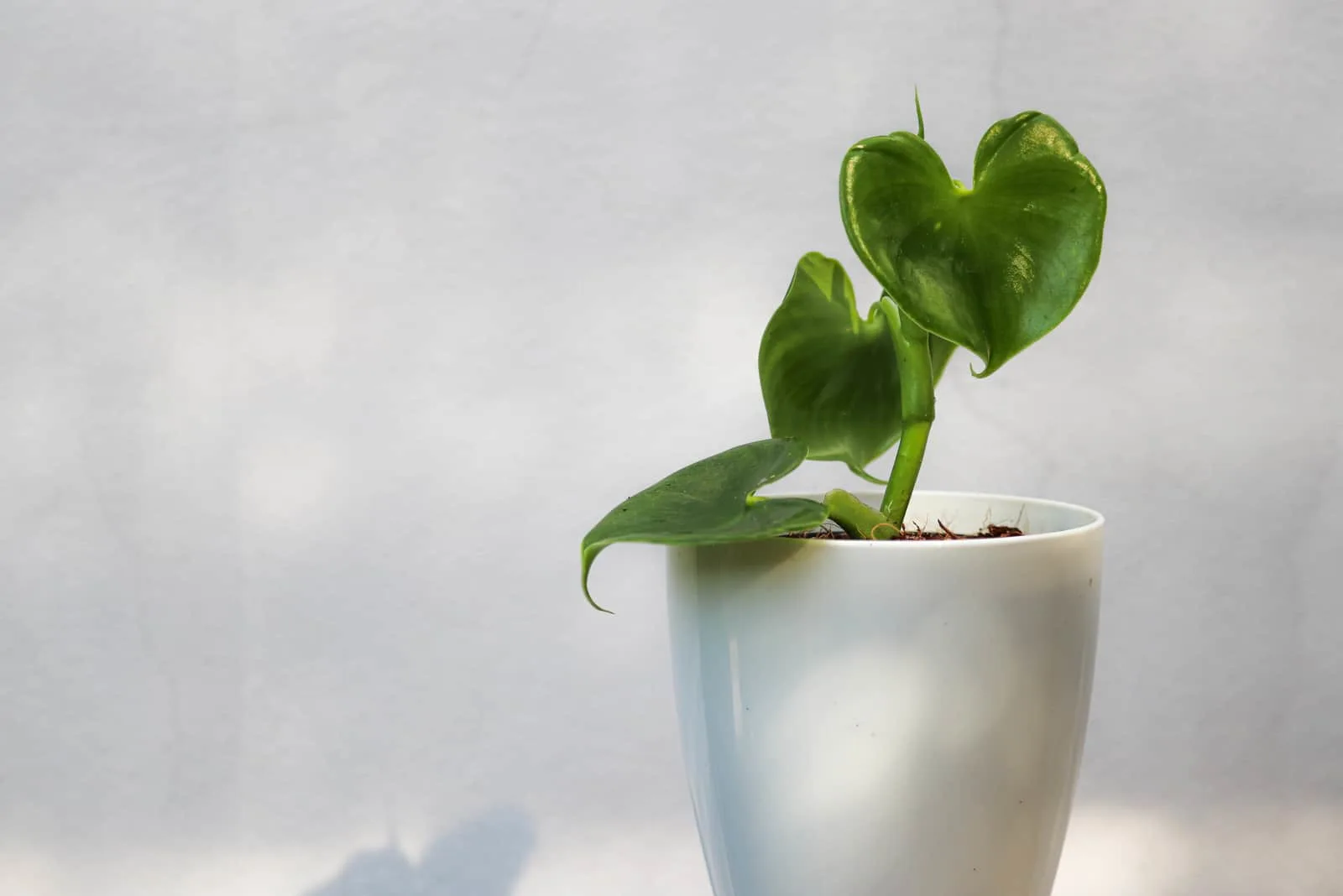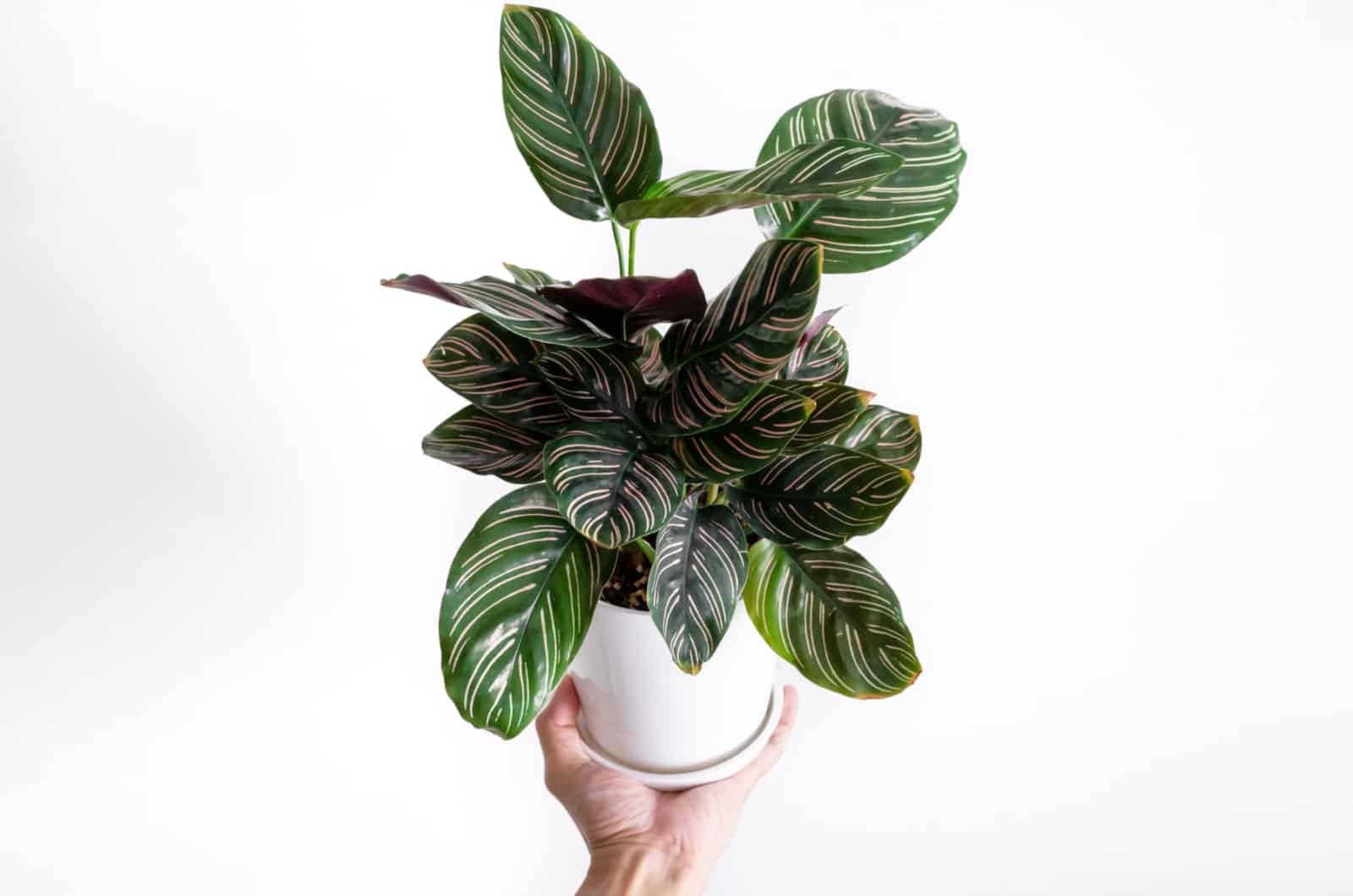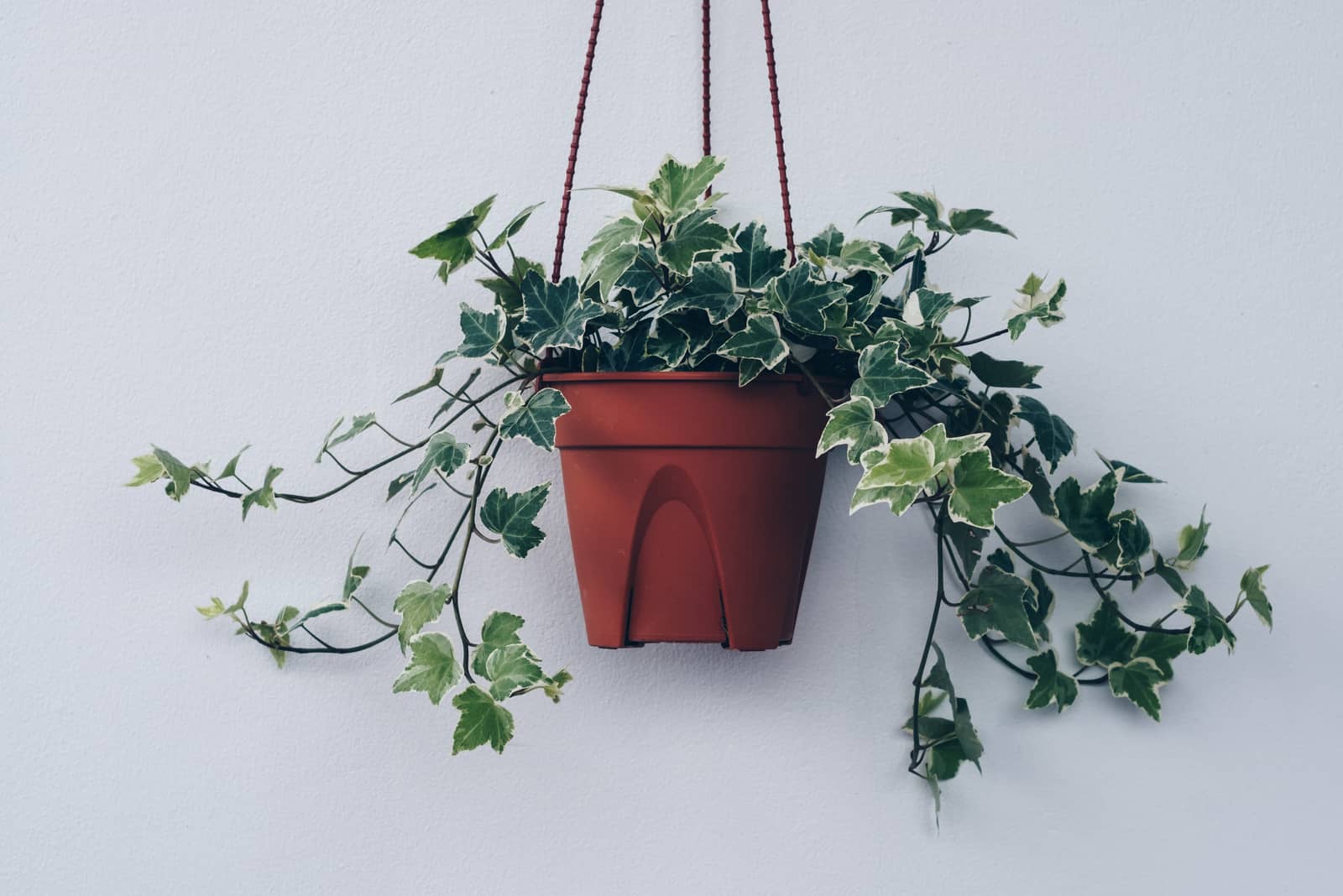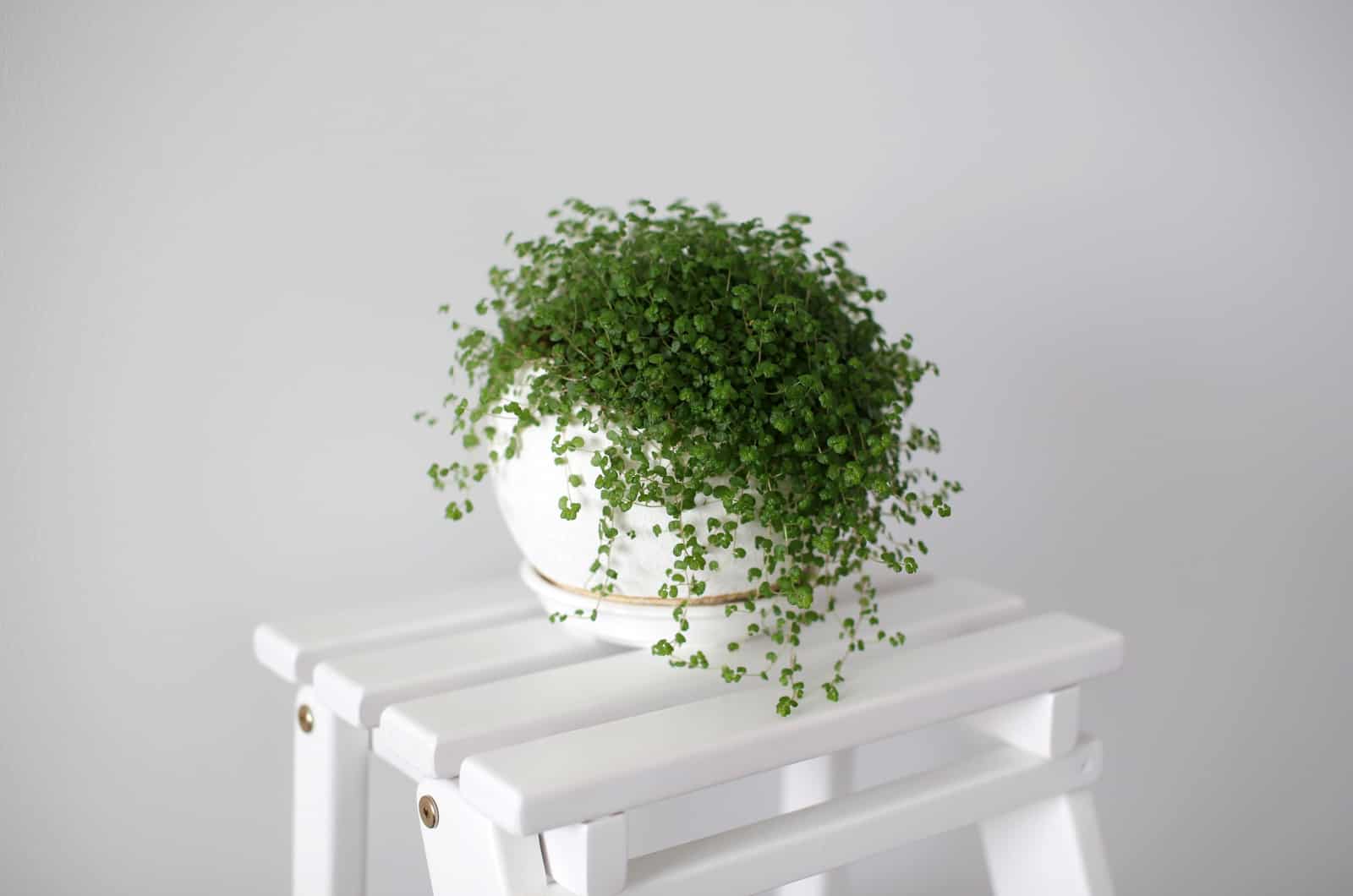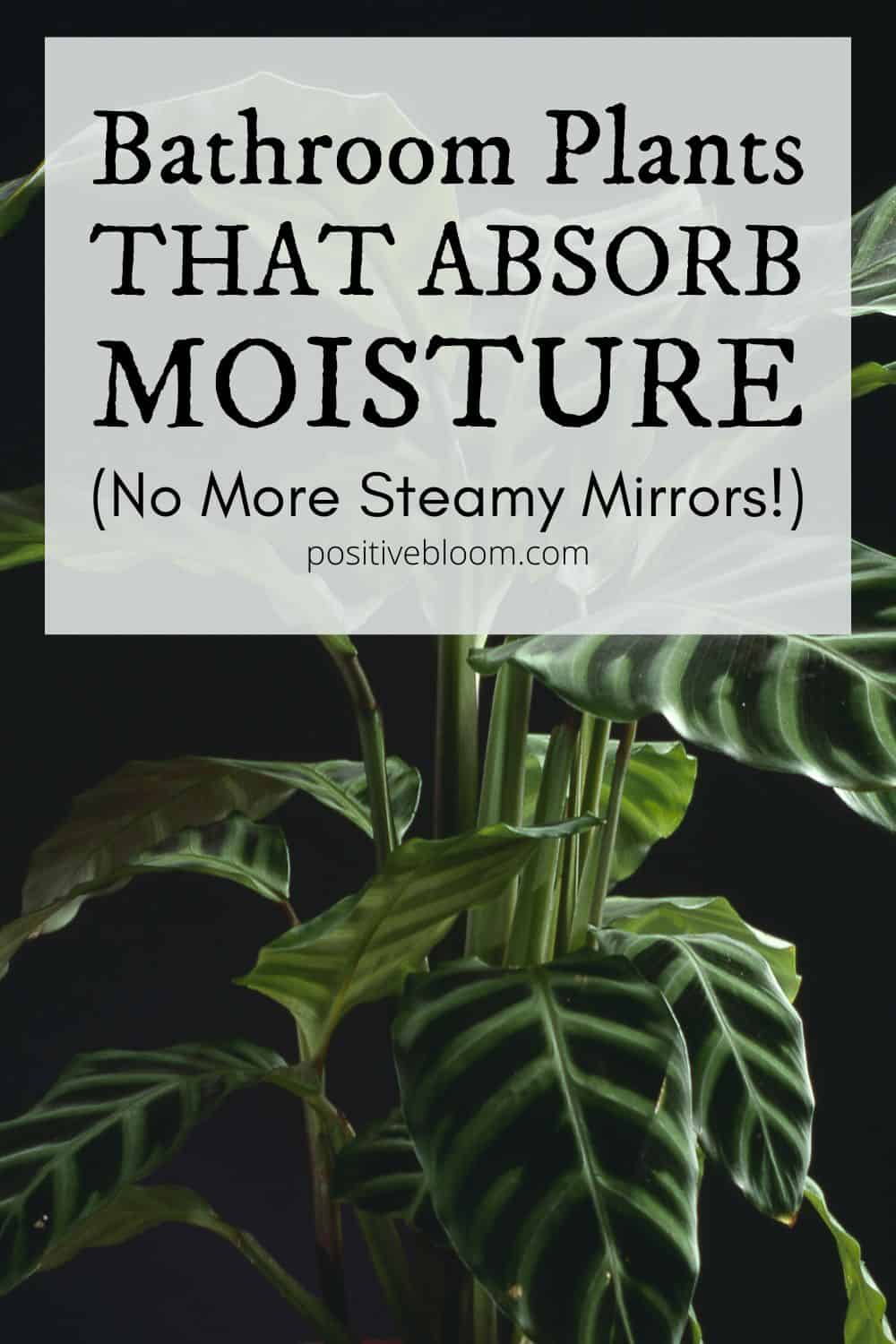We all know how steamy a bathroom can get after taking a long, hot shower! It can take a while for the steam to disappear, but what if I told you that you could actually use a plant instead of a dehumidifier in your bathroom?
Although bathrooms are not where you might expect to find houseplants, there is nothing wrong with it. In fact, some plants that like high humidity might actually prefer growing in bathrooms or kitchens!
These plants will absorb moisture, get rid of steam, and make your bathroom look very nice at the same time!
Keep reading to find out the best bathroom plants that absorb moisture.
Bathroom Plants That Absorb Moisture
You can’t just put any plant in the bathroom as all plant’s requirements differ. For instance, you shouldn’t put a plant that likes dry conditions in a bathroom that has high humidity.
You will have to find a plant that thrives in a humid environment. Then you will have to take into consideration the light conditions. Most people don’t have large windows in their bathroom, so you have to get an indoor plant that is acclimated to growing in low lights.
You will also have to get a plant that can tolerate rapid temperature changes.
Let’s look at some of the candidates for your bathroom!
1. Spider Plant
Other names for the spider plant include the Hen and Chicks plant, Spider ivy, Chlorophytum comosum, and the ribbon plant. It’s a wonderful way to add some greenery to your life, and its white lines on a canvas of many shades of green are absolutely breathtaking.
It works well in both hanging baskets and conventional pots, but a hanging basket really brings out the best in its long, grass-like, arching leaves and fast-growing shoots.
While they can tolerate some lower light levels, spider plants typically need bright indirect light. Their long leaves are able to absorb air pollutants and also remove excess moisture!
2. Snake Plant
Did you know that the snake plant is an oxygen supplier?
That’s right, this lovely plant, with its sword-like and deep-green leaves, is able to absorb pollutants like formaldehyde, xylene, benzene, and toluene, and also convert CO2 to O2!
It is a slow-grower, so it won’t take up your entire bathroom. Other names for this tropical plant are Mother-in-law’s tongue, Dracaena, and Sansevieria.
3. Azalea
These are the perfect plants for a subtle pop of color in the bathroom. Azaleas produce beautiful pink, purple, and white flowers that can make your bathroom look more vivid and alive!
These plants enjoy some morning sun, so consider putting them on a windowsill. They are also acid-loving houseplants that thrive in acid soil, and should be watered twice a week.
4. Peace Lily
Here is yet another beauty that is able to suck the moisture out of the air!
Peace lilies produce lovely green foliage and unique, green-white flowers that blend in perfectly with marble. These lilies are excellent indoor plants as they can thrive in both low and intense indirect sunlight. You should make sure that they have enough water for optimum growth and development because they prefer consistently moist soil.
However, you can always use a self-watering pot for your plant to provide it with the precise amount of water it needs if you don’t have the time to regularly check on them.
5. Fern spp
Boston ferns (Nephrolepis Exaltata) and Bird’s nest ferns are also great plants for your bathroom. Boston ferns produce small and fluffy, sword-like leaves that look absolutely amazing in hanging baskets, while Bird’s nest ferns produce more firm and long bright green leaves that can look amazing in bathrooms with minimalist decor.
These low-maintenance plants absolutely love high humidity levels, which is why they would thrive in humid bathrooms. Fertilize them once a month and water them once the top few inches of the soil have dried.
6. Pothos
Pothos plants, otherwise known as Epipremnum aureum, are easy to care for — they require moist soil, warm temperatures, and high humidity. When it comes to light requirements, these plants thrive in bright indirect light.
Pothos plants produce long vines with small green foliage, and some of the trailing varieties can be used to hang around the bathroom mirror or on the shelves.
7. Begonia spp
We are used to seeing Begonias in large pots on the porch, but wouldn’t it be a pleasant surprise to see one in your bathroom?
Begonia species thrive in warm climates and humidity, which makes them one of the best plants to absorb moisture from humid bathrooms. There are numerous types of Begonias that produce colorful flowers with nice fragrances, though I think the prettiest one is the Begonia Maculata!
However, fibrous and rhizomatous Begonias are the most suitable for growing in bathrooms. Make sure that they receive some direct sunlight in the morning, and water them once the topsoil dries out.
8. Aloe Vera
Aloe vera is a succulent that has thick, fleshy, sword-like leaves with a bright green color. There are numerous uses of Aloe vera — from using them in cosmetics for skin hydration, to its application for medical purposes.
However, there is another benefit — Aloe vera can absorb moisture from humid air!
Be careful not to overwater your Aloe vera plant, and keep them away from direct sunlight.
9. Tillandsia
Tillandsia is a type of air plant that belongs to the Bromeliads family. This genus of plants has green and blue, grass-like leaves that resemble the leaves of spider plants.
On a thin stem with crimson bracts, tillandsias produce violet flowers. They don’t need soil as they are air plants and they thrive in humid environments. These plants need a bit of watering every week — simply dip the plant into the water for a few minutes.
10. Orchids
Orchids are very delicate and needy flowering plants, so growing them in bathrooms might come as a surprise!
But if you provide them with the right conditions, they will thrive in a bathroom as well. Just imagine how beautiful an orchid flower would look on your bathroom cabinet.
11. ZZ Plant
ZZ plants, otherwise known as Zanzibar gems, Zuzu plants, or Zamioculcas Zamiifolia, are one of the most tolerant plants and ideal for beginner gardeners. The ZZ plant grows well in low light settings and has small, compact green leaves that are rich in chlorophyll, which is a green pigment.
You can put these plants on bookshelves, desks, or even in dark toilets!
ZZ plants provide a warm and welcoming atmosphere in your room.
12. Cast Iron Plant
Cast iron plants are hardy plants that can adapt to various environments and are also known as the Aspidistra elatior. They weren’t given the name “iron plants” for no reason!
They generate thick, deep-green foliage that will look beautiful in your bathroom. Because of their size, these leaves should be cleaned to prevent bugs from being drawn in by the dust. Water these plants once the soil has completely dried out.
13. Philodendrons
Here is yet another chic houseplant. Perennial vines called philodendrons are so magnificent that they should be included in every plant collection!
Choose from among the more than 450 different Philodendron species, but be careful to pick a non-variegated type like the Philodendron Camposportoanum because it will thrive in low-light environments.
Variegated philodendrons require some natural lighting for the healthy growth and development of their delicate leaves. Philodendrons are tropical plants that thrive in humidity, which is why we can put them in bathrooms as well.
14. Calathea spp
These are tropical plants that don’t mind high humidity levels. There are a lot of Calathea species, and most of them prefer growing in bright indirect light conditions, especially the variegated types.
The most common is Calathea Fasciata, which produces beautiful green leaves with white variegations on their surfaces.
15. English Ivy
English ivy, otherwise known as Hedera Helix, is a climbing and trailing plant that fits nicely with any environment. The leaves often have three to five waxy lobes without a single hair, and resemble tiny pears. They are a dark green color, with the top being lighter than the bottom.
English ivy can survive in both full sun and full shade, negating the need for artificial lighting. This plant is excellent for removing contaminants from the air, particularly formaldehyde, which is more prevalent in household items like soap for bathing, cleaning products, furniture, and carpet treatments.
16. Baby’s Tear
The last plant on our list is actually a herb called Baby’s tear, otherwise known as Soleirolia soleirolii, which looks a lot like Pilea depressa.
Baby’s tear is a creeping herb that produces small, bright leaves and numerous white flowers. It normally grows in swamps, so I’m sure it wouldn’t mind living in your bathroom!
But don’t worry, this swamp herb is very pretty and you can also decorate its lovely vines however you want!
They prefer low-light conditions, so dark bathrooms are ideal environments for them.
Wrapping Up
Now you know that there are so many beautiful bathroom plants that absorb moisture, why waste money on dehumidifiers when you can buy a pretty plant instead?
Be very careful when choosing a plant for your bathroom, though, because not all plants are suitable for growing in humid environments.
Though cacti are succulents, you should avoid putting them on a windowsill in your bathroom.
I hope that you found a new shower buddy on our bathroom plants list!
Until next time!
Like this post? Share or pin it for later!

